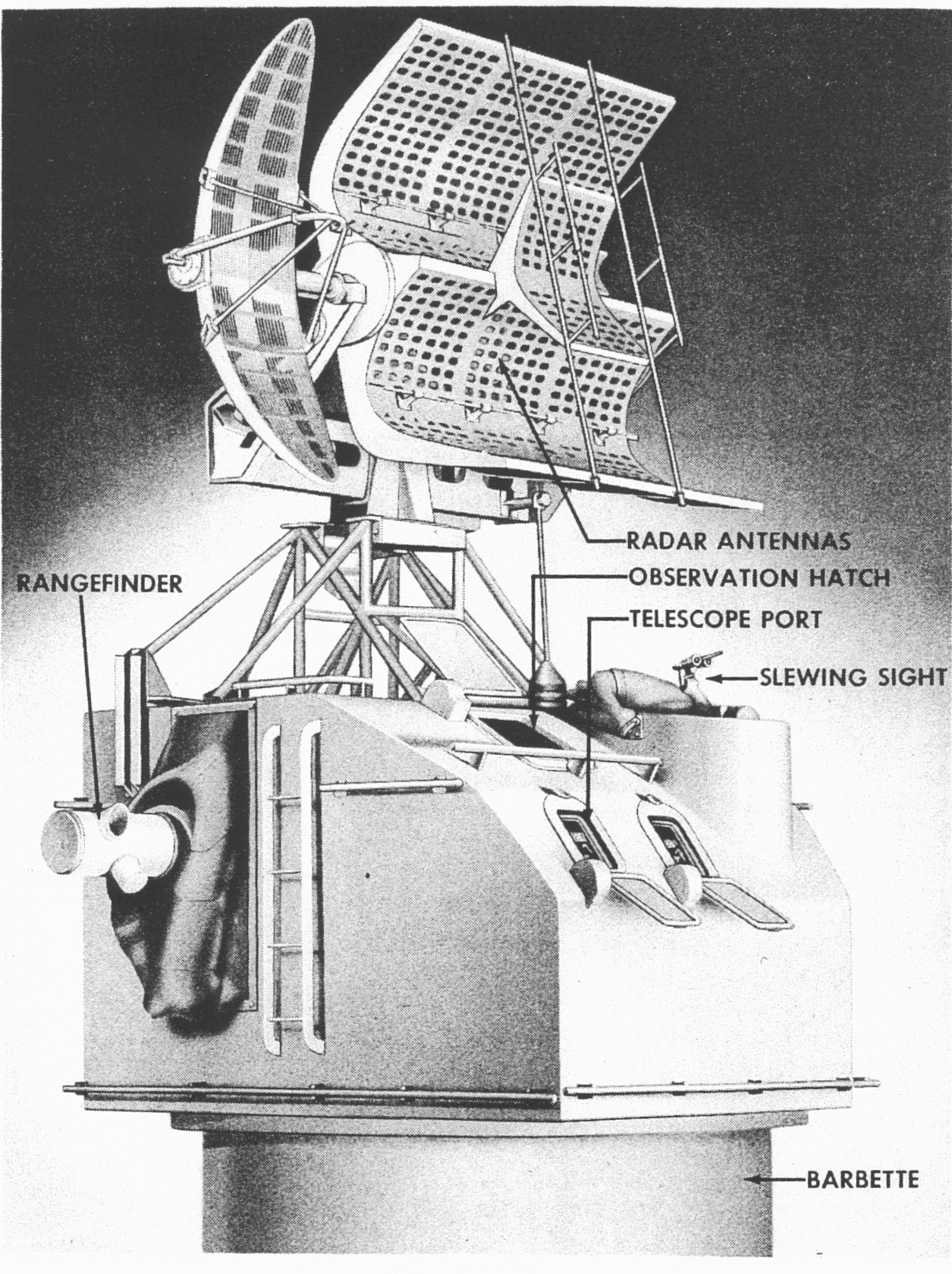|
Ship Gun Fire-control Systems
Ship gun fire-control systems (GFCS) are analogue fire-control systems that were used aboard naval warships prior to modern electronic computerized systems, to control targeting of guns against surface ships, aircraft, and shore targets, with either optical or radar sighting. Most US ships that are destroyers or larger (but not destroyer escorts except Brooke class DEG's later designated FFG's or escort carriers) employed gun fire-control systems for and larger guns, up to battleships, such as . Beginning with ships built in the 1960s, warship guns were largely operated by computerized systems, i.e. systems that were controlled by electronic computers, which were integrated with the ship's missile fire-control systems and other ship sensors. As technology advanced, many of these functions were eventually handled fully by central electronic computers. The major components of a gun fire-control system are a human-controlled Director (military), director, along with or later rep ... [...More Info...] [...Related Items...] OR: [Wikipedia] [Google] [Baidu] |
Commander-in-Chief, China (Royal Navy)
The Commander-in-Chief, China was the admiral in command of what was usually known as the China Station, at once both a British Royal Navy naval formation and its admiral in command. It was created in 1865 and deactivated in 1941. From 1831 to 1865, the East Indies Station and the China Station were a single command known as the East Indies and China Station. The China Station, established in 1865, had as its area of responsibility the coasts of China and its navigable rivers, the western part of the Pacific Ocean, and the waters around the Dutch East Indies. The navy often co-operated with British commercial interests in this area. The formation had bases at Singapore (Singapore Naval Base), HMS ''Tamar'' (1865–1941 and 1945–1997) in Hong Kong and Wei Hai (at Liugong Island) (1898–1940). The China Station complement usually consisted of several older light cruisers and destroyers, and the Chinese rivers were patrolled by a flotilla of suitable, shallow-draught gunboats, r ... [...More Info...] [...Related Items...] OR: [Wikipedia] [Google] [Baidu] |
